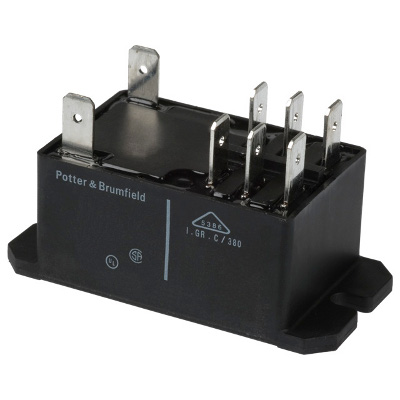
 Share This Page
Share This Page| Home | | Sailing | | Alaska 2009 | |  |  Share This Page Share This Page |

Copyright © 2009, P. Lutus. All rights reserved. Message Page
(double-click any word to see its definition)
Technical Notes: Inverter/Charger Project
IntroductionDetailsAs explained elsewhere in this article set, after an equipment failure I decided to replace a combination inverter/charger unit with individual components that fill the same needs. The combination unit (the "Everything Box") is an efficient way to save costs by combining certain electronic functions and sharing hardware, but if it should fail, all its functions are lost at once. Mine failed, and I decided I would like to avoid repeating that experience. Here is a block diagram of my solution:
The Relay StoryMost of this system can be put together from off-the-shelf components, in fact, everything except the line/inverter relay box, which it seems must be built from scratch. Here is a diagram of my line/inverter relay box, able to switch 30 amps and perhaps a bit overdesigned for the average small boat:
The basic idea of this circuit is that activating the house-power inverter causes the relay to switch from shore power to inverter power. This box is wired into the boat's breaker panel in such a way that only those loads that need inverter power are connected to it — for example, a select number of outlets serving computers and video equipment, but not high-power equipment like microwaves (unless you buy a very large inverter and have a huge battery bank) and certainly not loads like the battery charger, which should always be connected to shore power.
Don't consider simplifying this circuit by eliminating the neutral wiring — in modern house wiring, the neutral lines must always be switched along with the hot lines, among other reasons to allow GFI outlets to function as they should.
Here is a picture of my relay box:
The relay box can obviously be built in a number of different ways. Here is a parts list for mine:
- Box: VE-G-115 from vetco.net (148 x 108 x 75 mm or 5.8 x 4.25 x 2.95 inches).
- Relay: Omron part "MGN2CM-AC120" 30A 120V DPDT relay.
- Barrier Strip: Generic 8-circuit with #6 hardware.
In fact, the barrier strip with #6 hardware was a mistake, and if I were to do this over again, I would get a bigger size — like #8 hardware — because the existing terminals didn't easily fit on this small strip.
Warning: if someone decides to put this box on a gasoline-powered boat, either don't put it in the engine compartment, or make sure the box is totally sealed up to avoid the possibility of an explosion when the relay switches.

When I started this project, I thought I would just order the first 120V 30A DPDT relay that I could find on the Internet. After all, this is a common, generic item, how could I go wrong? But I was once again reminded how tricky online shopping can be, and I ended up returning a lot of relays when they turned out not to resemble their descriptions. Here are some details.
On my first search for a suitable relay, I found this:RELAY PWR 30A DPDT 120VAC (DigiKey.com)
It's pictured at the right on this page. It's small, it's cheap, it's sealed, but it isn't remotely what it seems to be. After receiving the relay and reading what was printed on it, I discovered it handles 30 amps in one state, but only 3 amps in the other. And no one who advertises this part is willing to reveal this on their Web pages — you have to actually receive the part and read the printing on its enclosure to find this out (or locate and read the PDF spec sheet, something I was too lazy to do).
I've designed a lot of electronics in my life (I'm responsible for some of the electronics on board the NASA Space Shuttle), but I had never before heard of a relay that had two different ratings, one for when it's activated, another for when it's not. So I returned those parts, went shopping again, and found this:
MagneCraft W92S11A22D-120 (Newark Electronics)
I ordered a few of these and guess what, boys and girls? When they arrived, they also had different ratings for open and closed — in fact, the same ones as before. I guess there is a common use for these relays, and it seems there is also a pressing need for them to have two different ratings. So I gave up and ordered a much bigger, noisier, much more expensive relay, one that requires almost ten watts to stay activated, but that could reliably switch 30 amps in both states (Omron MGN2CM-AC120).
| Home | | Sailing | | Alaska 2009 | |  |  Share This Page Share This Page |